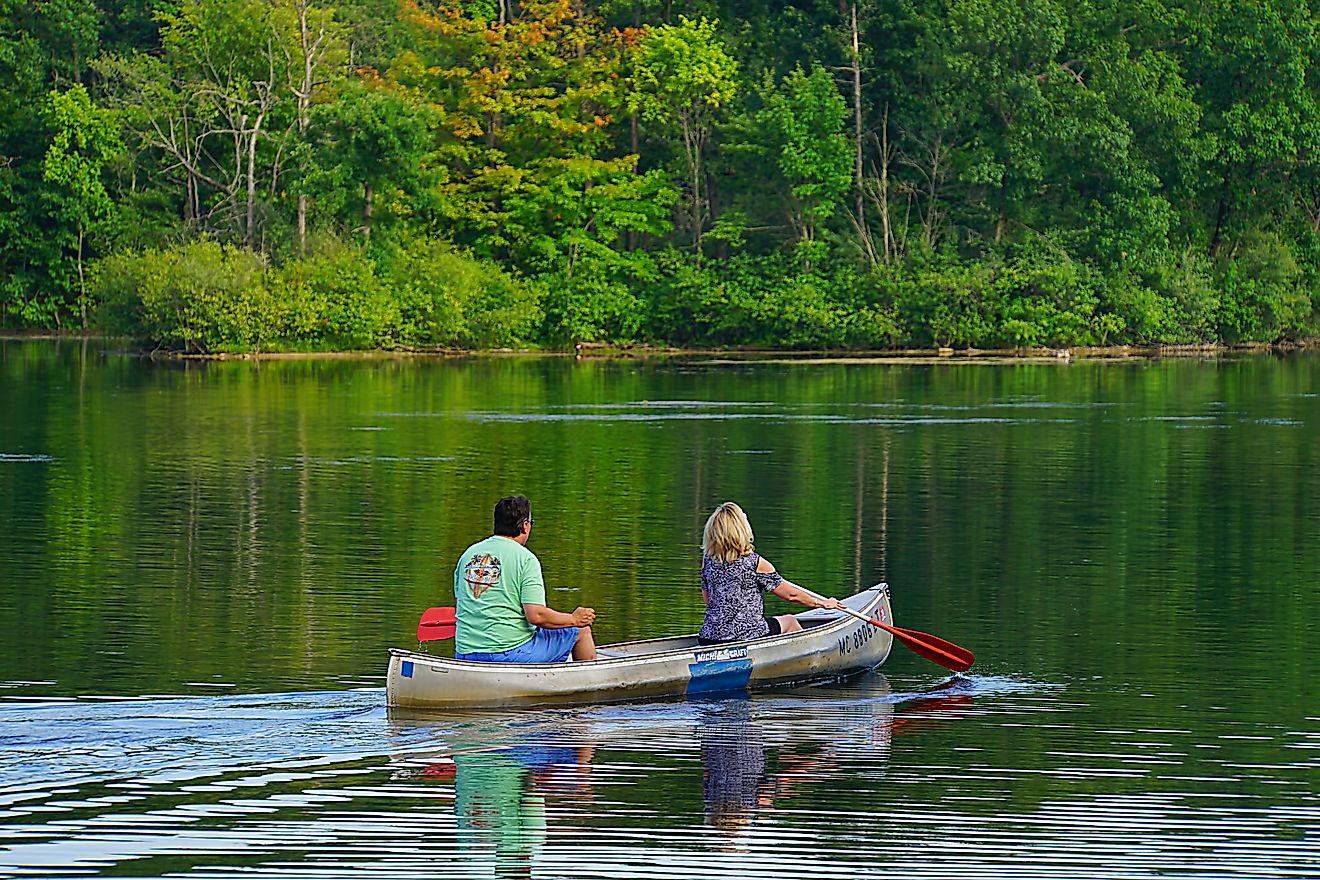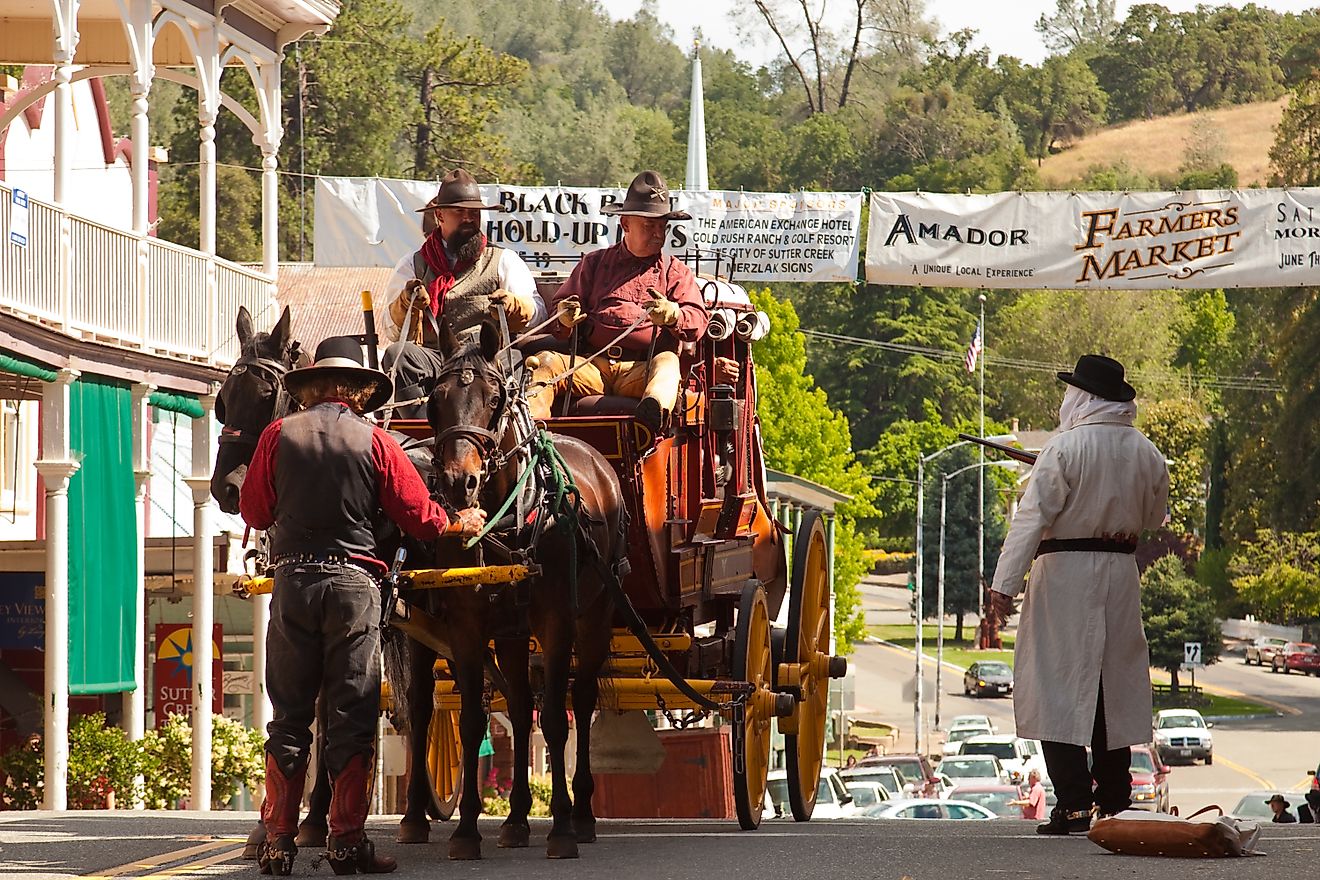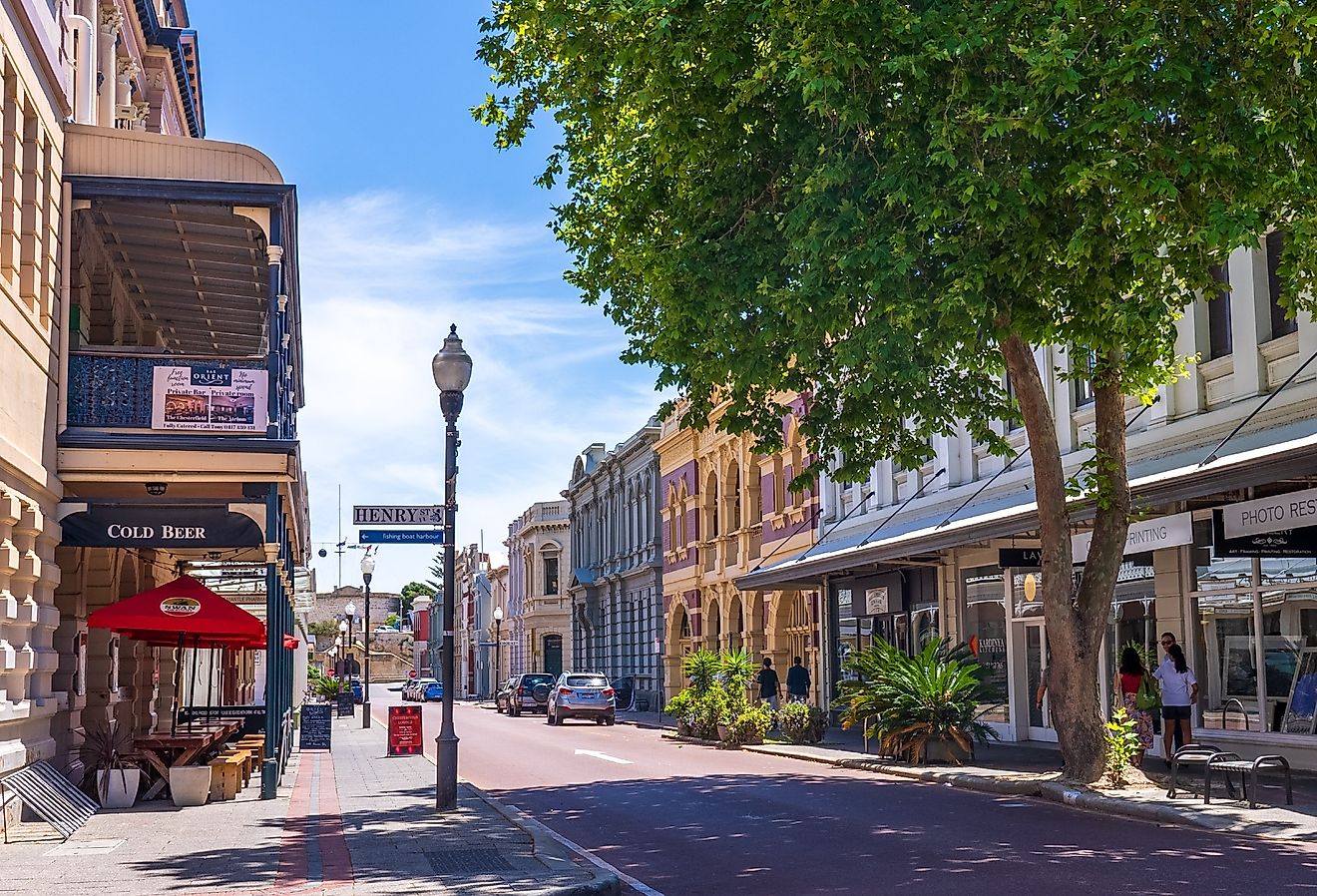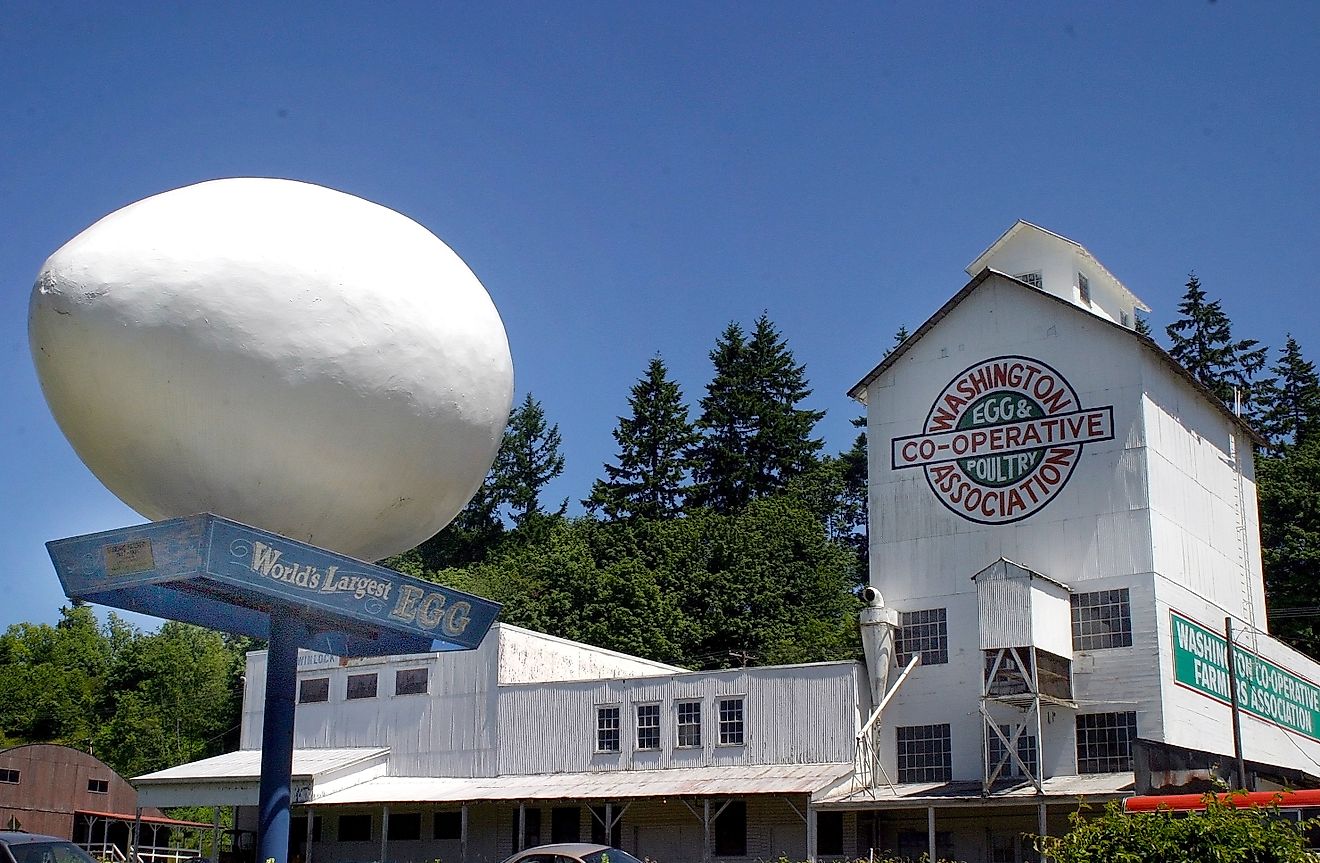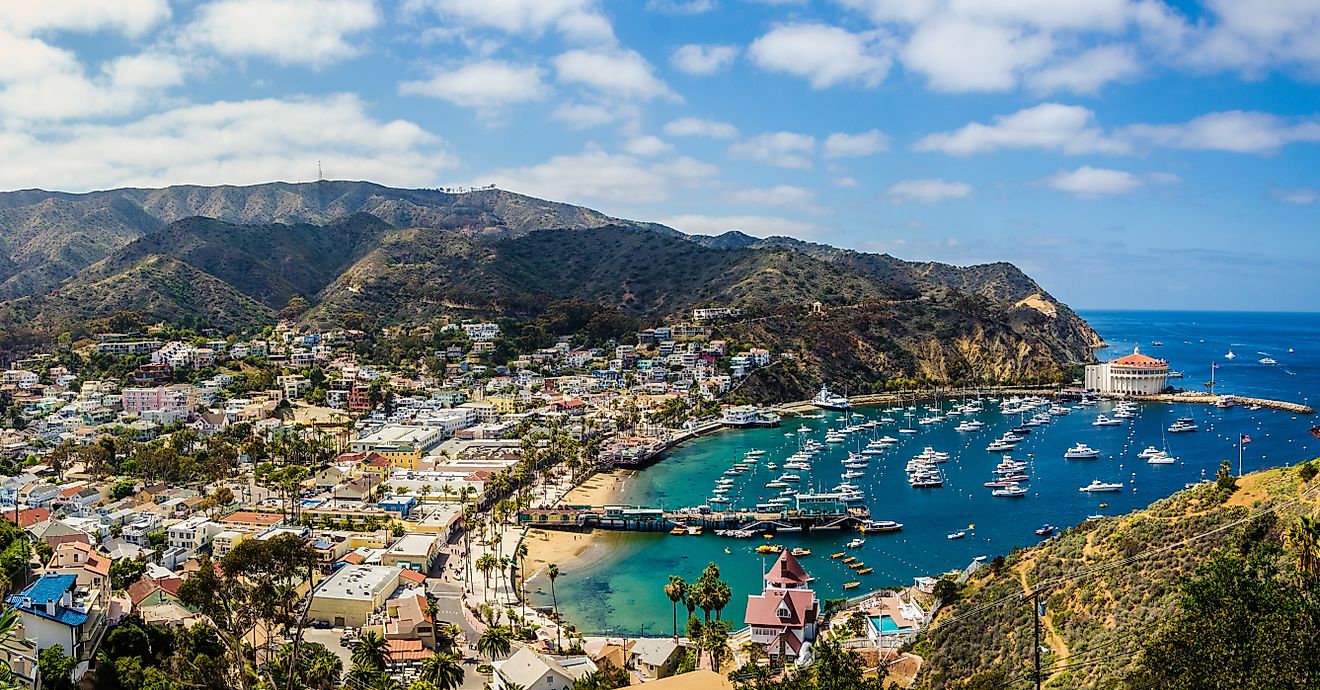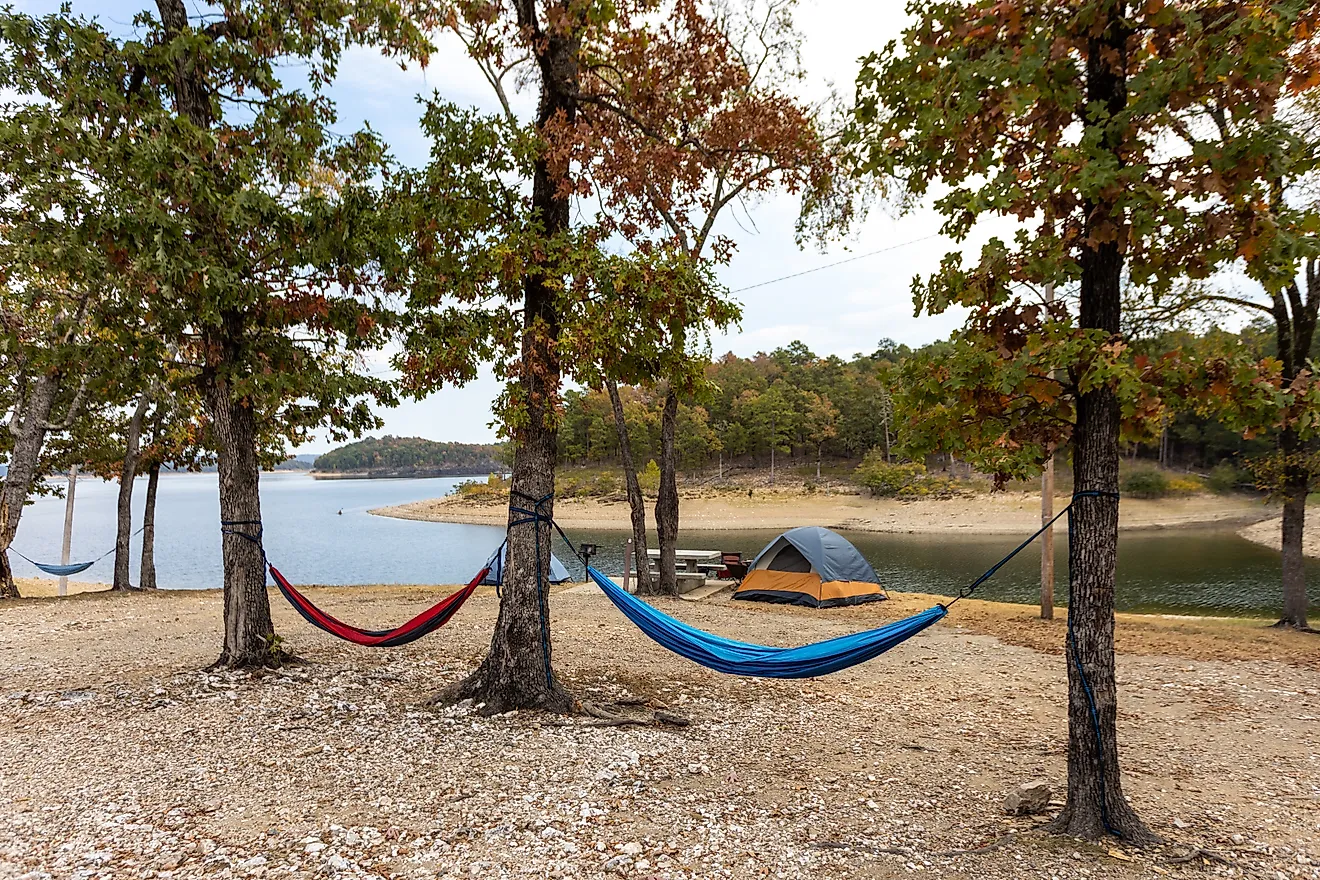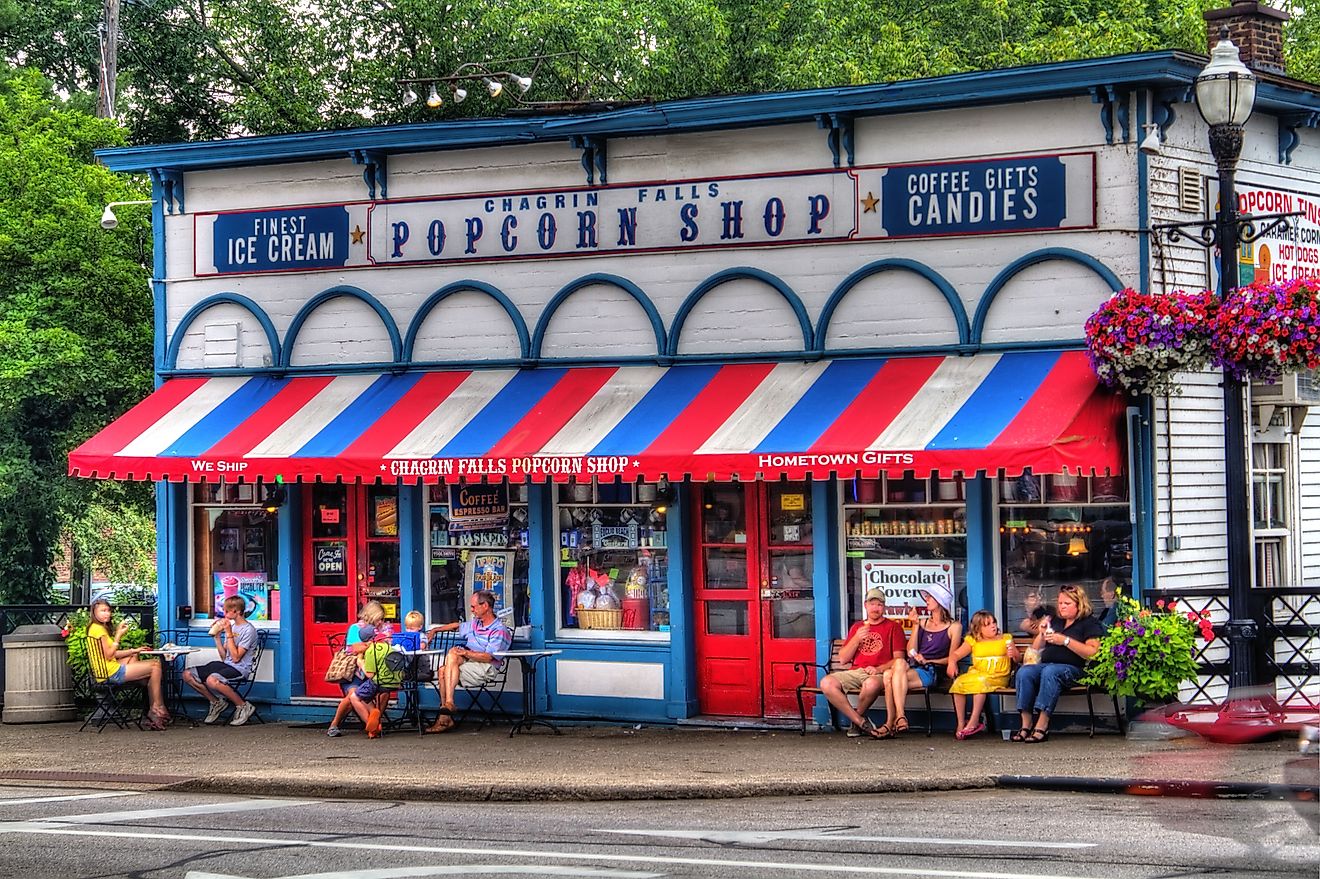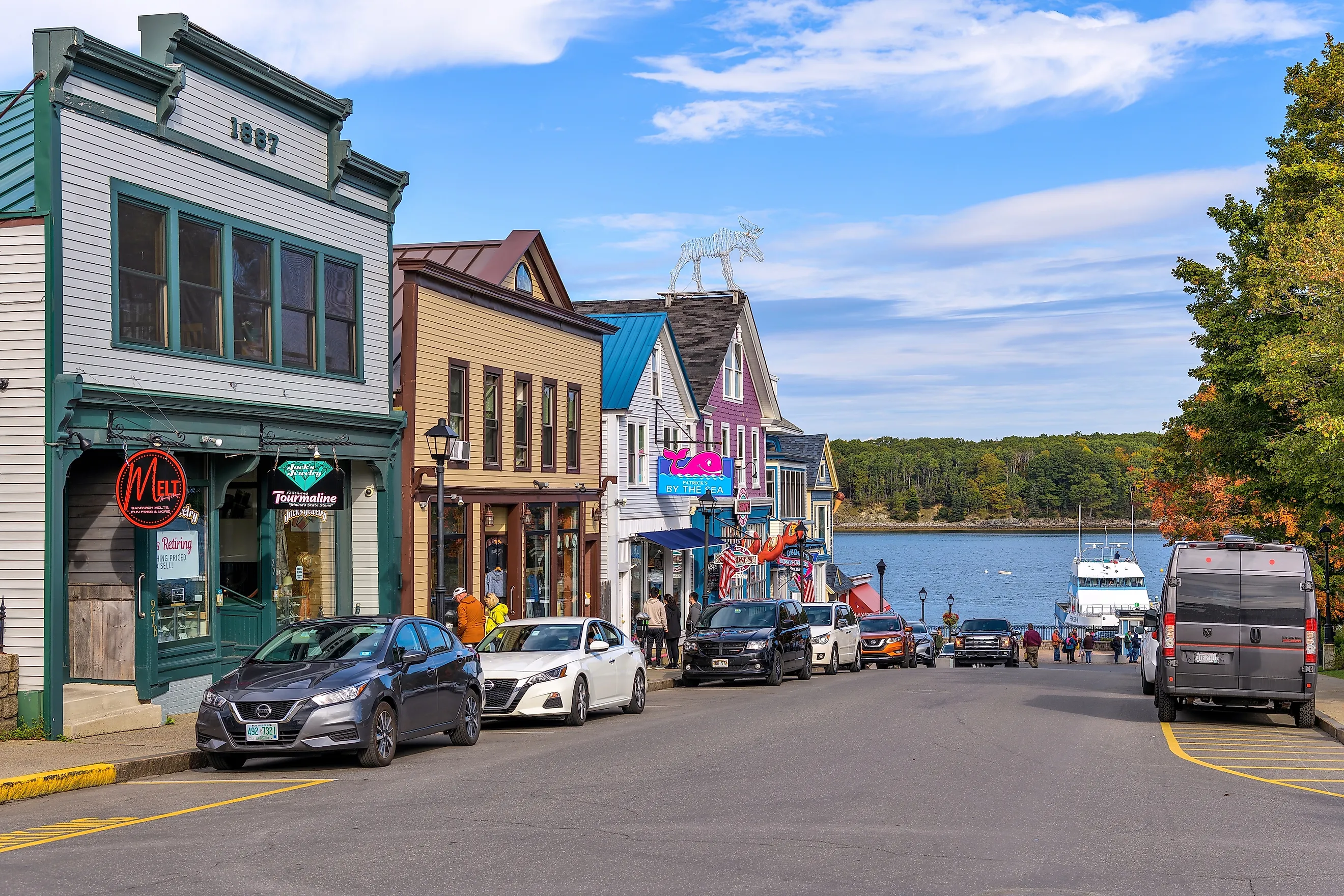
7 Best Places To Live On The Atlantic Coast In 2025
When the workday ends and the tide rolls in, an invisible line appears along the Atlantic seaboard, call it the "five-minute pivot." In five minutes, you can replace push notifications with gull calls, highway glare with salt-spray light, and national-average housing costs with something far gentler on the wallet. Yet only a handful of shoreline towns actually deliver that pivot without asking you to surrender broadband, career prospects, or cultural depth. They hide in plain sight between the marquee resort islands and the glass-tower metros, stitched together by U.S. Route 1 and a centuries-old maritime trade that still flavors their coffee, breweries, and zoning boards.
For 2025 we followed the oyster boats and the fiber-optic trenches, not the tourist brochures, mapping places where a kayak launch sits within three blocks of a co-working loft. The result is a salty, sub-50K-population shortlist stretching from granite headlands to palmetto marshes. Before you scroll to real-estate listings, meet the seven Atlantic towns ready to swap your commute for a tide chart—without sacrificing a single bar of 5G!
Portsmouth, New Hampshire
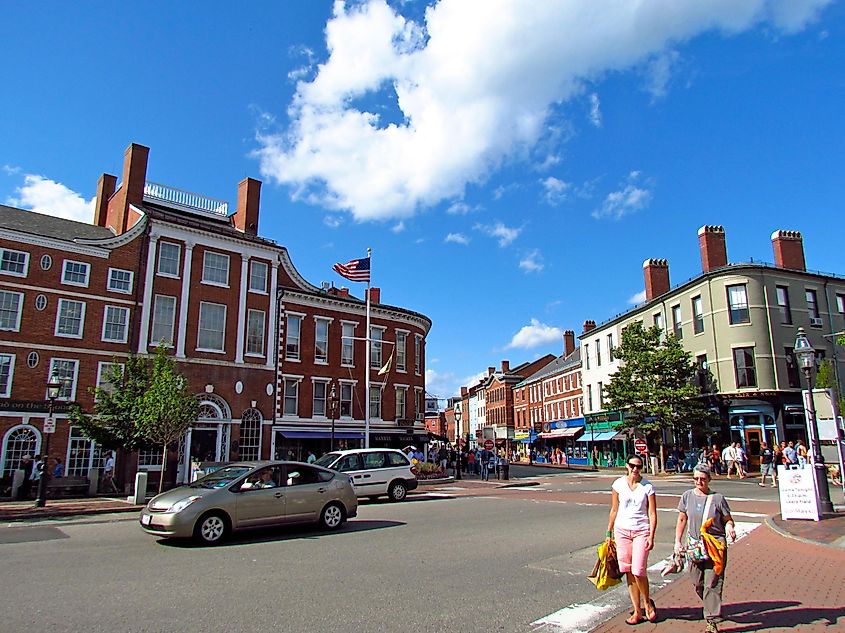
Portsmouth occupies the Piscataqua River’s last mile before the Atlantic, its compact 15.6-square-kilometre footprint framing New Hampshire’s sole deep-water harbor. Settled in 1623 as Strawbery Banke, the town exported mast timber to the Royal Navy, then hosted the 1905 Treaty of Portsmouth that ended the Russo-Japanese War. Brick Federal mansions such as the 1763 Moffatt-Ladd House line streets surveyed before the Revolution, while Pease International Tradeport—carved from a former Air Force base—now houses Lonza Biologics, Sig Sauer’s headquarters, and a regional Amazon air hub, keeping unemployment well below state averages.
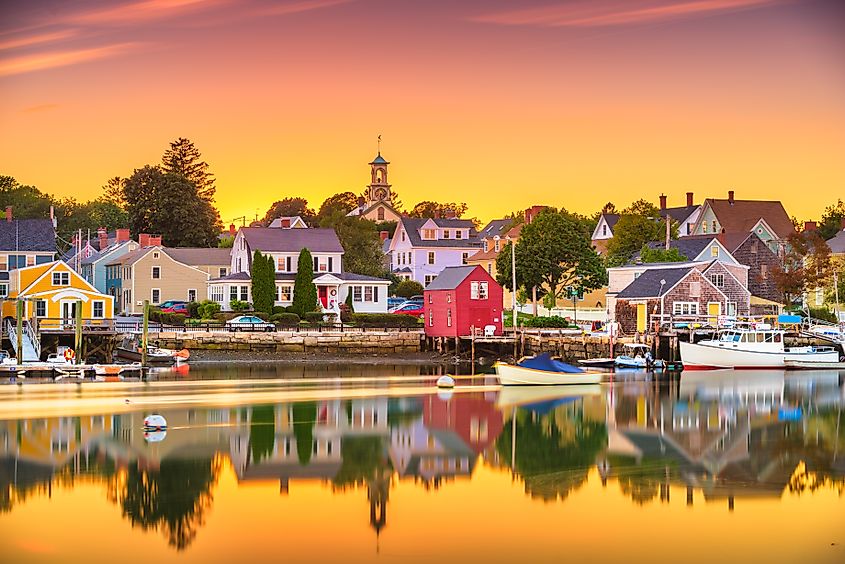
Stroll the riverside walk to Strawbery Banke Museum’s 32 interpreted dwellings, then cross Marcy Street into Prescott Park for the July-August Arts Festival. The Music Hall screens independent cinema and hosts "Writers on a New England Stage" interviews; 3S Artspace next door features avant-galleries and an all-ages performance lab. Board the Gundalow "Piscataqua" for tidal-history sails, refuel with a squid-ink risotto at Black Trumpet or a lamb cassoulet at Cure, and finish with an Americano at Caffe Kilim. Weekend routines include the Saturday Farmers’ Market, Isles of Shoals cruises, and dusk pickleball on South Mill Pond courts.
Bar Harbor, Maine
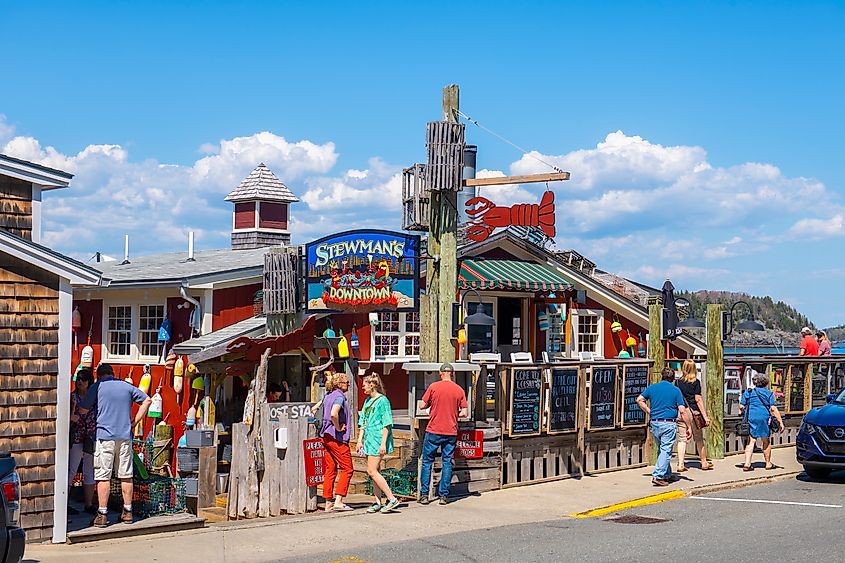
Bar Harbor, situated on Mount Desert Island, emerged as a 19th-century summer colony with elite figures such as the Rockefellers and Vanderbilts shaping its legacy. The town serves as the gateway to Acadia National Park, attracting residents with its blend of natural beauty and historical depth. The Abbe Museum presents the area's Native American heritage through extensive collections and exhibitions, emphasizing the Wabanaki tribes' culture. Bar Harbor's maritime roots are celebrated at the Bar Harbor Historical Society, located in the former St. Edward's Convent.
For dining, The Thirsty Whale Tavern offers fresh local seafood, while Reel Pizza Cinerama combines unique movie screenings with casual dining. Art enthusiasts frequent the Argosy Gallery, known for its landscape and marine art, or participate in the Art in the Park festival, an annual event showcasing local artists. The Village Green provides a central, open space for community gatherings and events, while the Shore Path offers scenic ocean views and access to several local beaches. Outdoor activities abound with sea kayaking tours departing from local docks and numerous hiking trails accessible throughout Acadia National Park.
Southport, North Carolina
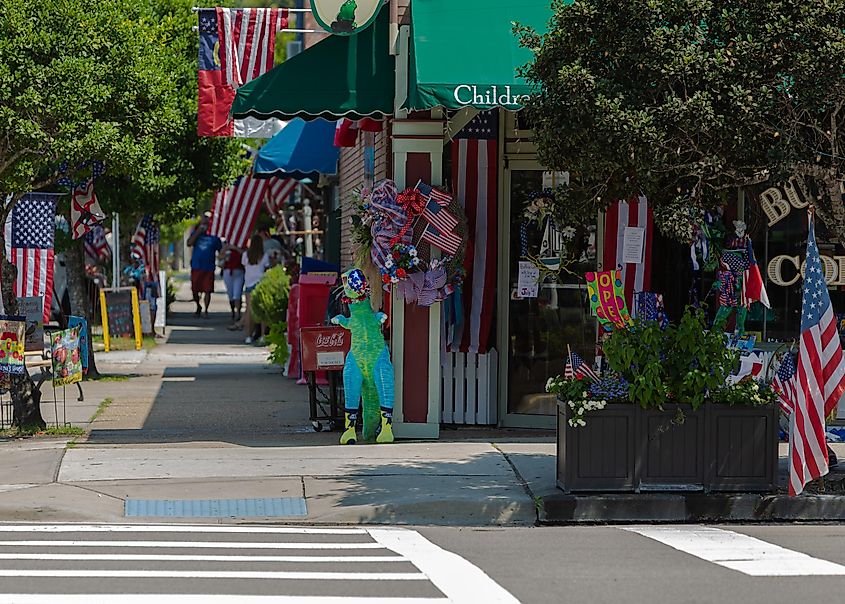
Southport stands on a peninsula at the mouth of the Sheepscot River, connected to the mainland by a swing bridge. Historically, it evolved from shipbuilding to catering to summer visitors in the early 20th century. The Southport Historical Society maintains records and artifacts that narrate its transformation and maritime heritage, housed within the 1871-built Town Hall. Hendricks Head Lighthouse, an 1829 beacon, underscores the town’s longstanding relationship with the sea and remains a private residence today.
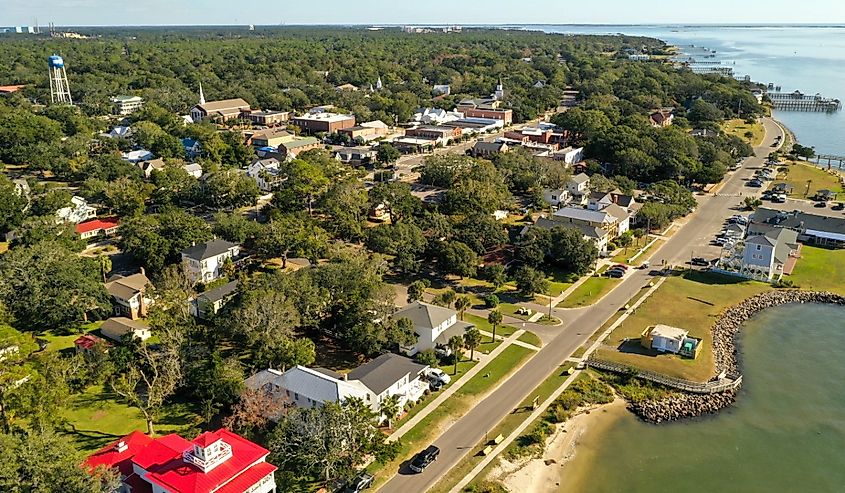
For activities, Southport offers ample opportunities for engagement and exploration. Oliver’s at Cozy Harbor Wharf provides seafood dishes with views of the working harbor. The Southport General Store, established in the 19th century, serves as a community hub, offering local goods, a cafe, and a postal service. For outdoor pursuits, residents often visit Hendricks Head Beach for its secluded sand and views of the lighthouse. The annual Southport Yacht Club sailing regatta attracts sailors and spectators each summer, fostering community spirit and sporting tradition. The island also features several trails and public boat launches for kayaking and small boat sailing, popular among locals and seasonal visitors alike.
Hilton Head Island, South Carolina
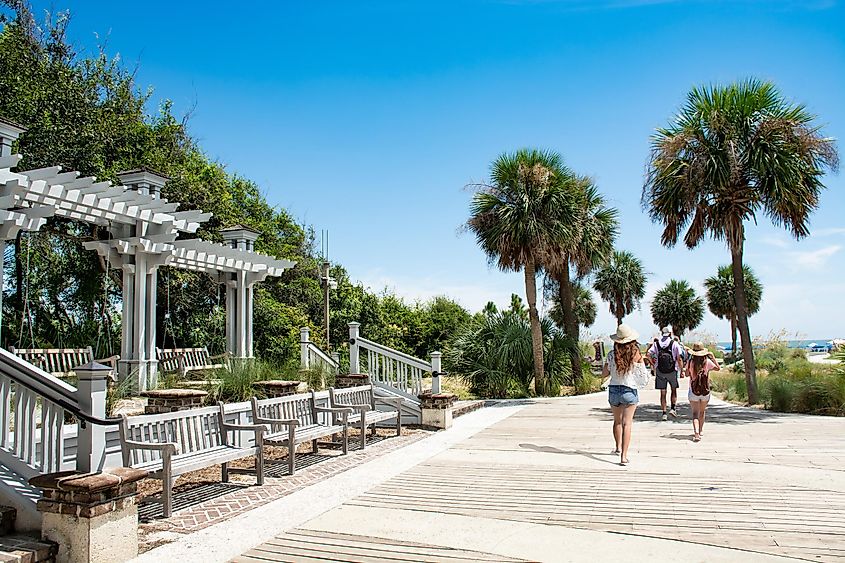
Hilton Head Island, located in South Carolina, has a rich history dating back to its naming after Captain William Hilton in 1663. Initially a site for sea island cotton plantations, the island gained new life as a resort destination in the mid-20th century. Its carefully controlled development has preserved much of the island's original environment, evident in the large oak trees draped with Spanish moss. The Coastal Discovery Museum on the island provides insights into the area's cultural heritage and natural history, including the indigenous Gullah community, whose ancestors were enslaved people brought to the island for their expertise in rice cultivation.
The Arts Center of Coastal Carolina presents a variety of performances and visual arts exhibitions. For dining, The Skull Creek Boathouse offers waterfront views along with its Lowcountry seafood specialties. Outdoor enthusiasts enjoy more than 60 miles of multi-use trails and several public beach accesses, with Coligny Beach Park being a popular choice. Golfers appreciate the island’s prestigious golf courses, including Harbour Town Golf Links, host of the RBC Heritage PGA Tour event. The island’s commitment to preserving its natural environment is also seen in the Sea Pines Forest Preserve, which offers walking and boat tours to explore its wildlife and scenic landscapes.
Beaufort, South Carolina
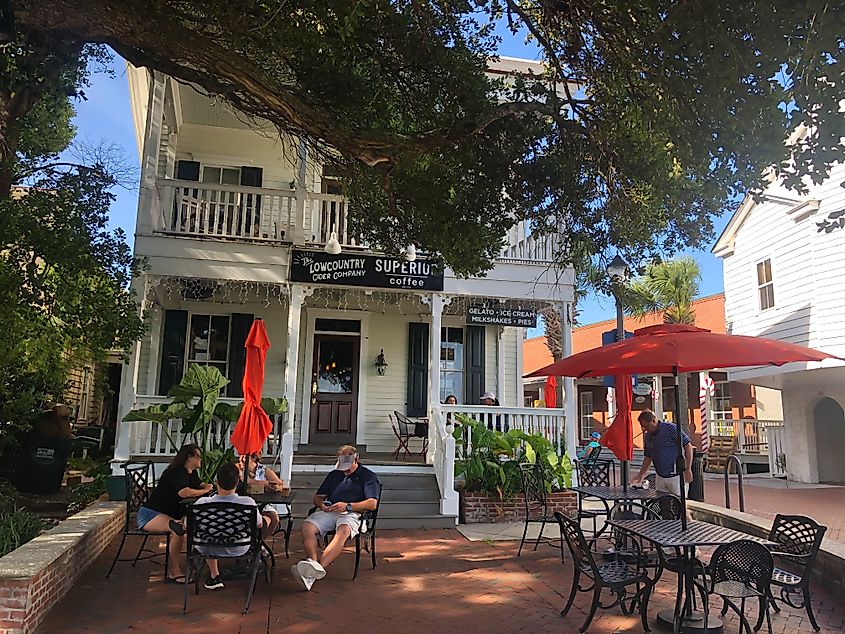
Beaufort is the second oldest city in the state, established in 1711. Its antebellum architecture and historic district are officially designated as a National Historic Landmark. Beaufort’s history is deeply entwined with both the Civil War and the Reconstruction era, with sites like the Penn Center, one of the first schools for freed slaves, and a museum detailing its significance. The city’s unique character is further highlighted by its location on Port Royal Island in the heart of the Sea Islands and Lowcountry, areas known for their scenic marsh views.
The Beaufort History Museum offers insights into the area's past, while the annual Beaufort International Film Festival celebrates cinematic achievements. Dining options include the renowned Saltus River Grill, offering sophisticated steak and sushi options in a gorgeous setting. For outdoor activities, Henry C. Chambers Waterfront Park provides a serene setting along the Beaufort River, ideal for picnics and scenic strolls. Art lovers frequent the Thibault Gallery, which showcases local and regional artists. Additionally, the Kazoobie Kazoos Factory offers unique family-friendly tours.
Rehoboth Beach, Delaware
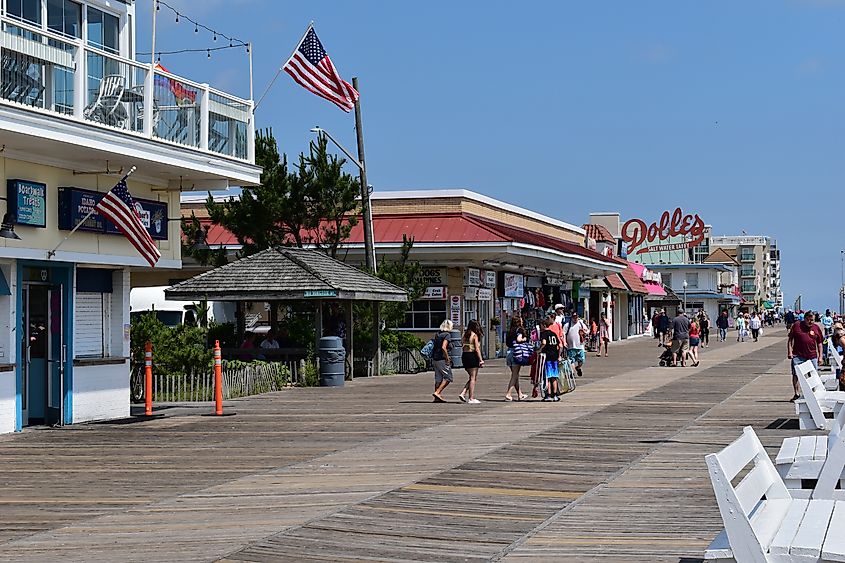
Rehoboth Beach, established in 1873 as a Methodist camp meeting site, has grown into a vibrant coastal town known for its mile-long boardwalk and status as the "Nation's Summer Capital." This nickname arose from the frequent visits of Washington, D.C., residents, including U.S. Presidents. The town is renowned for its historical commitment to inclusivity, having been a welcoming space for the LGBTQ+ community for decades. The Rehoboth Beach Historical Society and Museum chronicles the town’s evolution from a religious retreat to a bustling tourist haven, featuring exhibitions that capture its diverse cultural fabric.
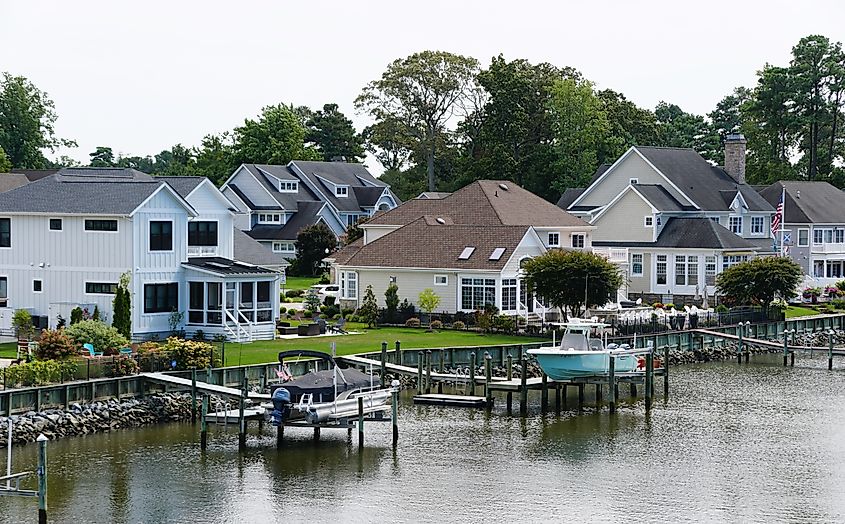
Rehoboth Beach's attractions cater to both residents and visitors. The Boardwalk Plaza Hotel offers oceanfront views and Victorian charm, while eateries like Blue Moon and Salt Air kitchen emphasize local seafood and farm-to-table dining experiences. For art enthusiasts, the Rehoboth Art League hosts exhibitions and classes amidst its 3.5-acre campus in historic Henlopen Acres. Clear Space Theatre presents professional theatrical productions year-round. Outdoor activities are abundant at nearby Cape Henlopen State Park, which provides hiking, biking, and beach activities. The annual Rehoboth Beach Independent Film Festival and the Sea Witch Festival are key events, celebrating the community's creative spirit and seasonal traditions.
St. Augustine, Florida
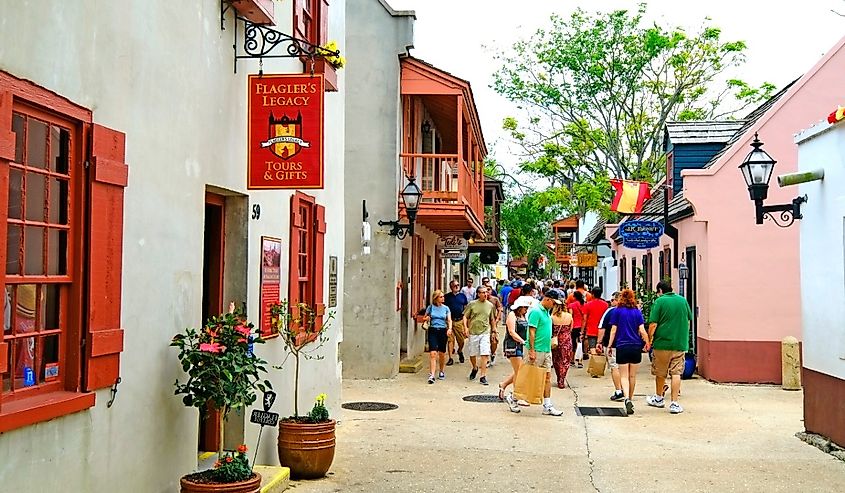
St. Augustine, founded in 1565, is recognized as the oldest continuously inhabited European-established settlement in the United States. This historic city was initially established by the Spanish and has been under four different flags since its inception. The Castillo de San Marcos, a 17th-century Spanish stone fortress that overlooks the Atlantic Ocean, symbolizes the city's rich history. The city's architecture and streets reflect a blend of Spanish, British, and American influences, particularly in the colonial quarter where the cobblestone streets and old buildings have been meticulously preserved.
The Lightner Museum, housed in the former Alcazar Hotel built by Henry Flagler, showcases collections of fine and decorative 19th-century art. Dining options include O.C. White's, which offers seafood with a view of Matanzas Bay. For relaxation, Anastasia State Park provides beaches and natural settings just minutes from downtown. Art enthusiasts can explore numerous galleries, including the St. Augustine Art Association and Aviles Street galleries, which host local artwork. The annual Nights of Lights festival transforms the city into a luminous spectacle every winter, drawing visitors from across the country.
